How Often Should I Replace Windshield Wipers?
Highlights:
- Windshield wipers typically last 6-12 months depending on climate and usage.
- Streaking, squeaking, or uneven wiping indicate worn blades that need replacement.
- Environmental exposure, debris, and UV light all shorten wiper life.
- TLS Auto Specialist in Bothell, WA provides professional wiper inspection and installation.
Windshield wipers are often overlooked, but they're among the most important safety components on your car. They maintain visibility during heavy rain, fog, or snow conditions common in Bothell, WA. Because they endure constant exposure to sunlight, moisture, and road grime, wipers naturally wear out faster than many other vehicle parts. Most experts recommend replacing them every six to twelve months, but actual lifespan depends on weather, storage, and driving habits. At TLS Auto Specialist, technicians inspect wipers at each service to ensure clear visibility year-round.
Recommended Replacement Frequency
For most vehicles, replacing wiper blades every six to twelve months works best. In rainy climates like western Washington, blades see near-daily use in fall and winter, which accelerates deterioration. Outdoor parking under trees can further shorten lifespan through sap, pollen, and debris buildup. According to AAA, today's wiper blades typically last between 6 and 12 months, with exposure to heat, dust, UV radiation, and acid rain gradually degrading rubber performance.
Common Signs of Worn Wipers
Wipers that streak, squeak, skip, or leave patches of water are clear signs of deterioration. If you hear chatter as the blades move across the glass, the rubber edge may have hardened or split. Torn or curled edges fail to make full contact, reducing visibility in rain or mist. Regular inspection helps spot these issues early. If your wipers leave oily or hazy streaks, it could also mean that dirt and road film have built up on the windshield-something TLS Auto Specialist can clean during service appointments.
Frequently Asked Questions
How often should I replace wiper blades?
Every six to twelve months, depending on driving frequency and weather conditions.
Can cleaning wipers extend their life?
Yes. Wiping them with a damp cloth monthly removes dust and grime that shorten lifespan.
Do both front and rear wipers need replacement?
Yes. Rear wipers wear from UV exposure and road spray just like the front ones.
Weather significantly affects wiper performance: UV rays dry and crack the rubber, temperature swings stiffen the blade edge, and constant moisture encourages breakdown. In humid climates like western Washington, blades left idle can deteriorate faster, leading to streaking and reduced visibility even after light rain. According to Consumer Reports, even top-performing wipers lose effectiveness after about a year, and in harsher conditions, may need replacing in as little as six months.
Blade Types and Material Differences
Not all wiper blades are created equal. Traditional frame-style blades use multiple contact points, while beam-style wipers rely on curved tension for even pressure. Beam blades often perform better in heavy rain and wind, though both types wear over time. Silicone and hybrid materials last longer than standard rubber and can improve wipe quality. Drivers who frequently travel on highways or mountainous terrain benefit from premium beam blades that resist wind lift and maintain consistent pressure at higher speeds.
Maintenance Tips for Longer Life
Proper care extends blade lifespan between replacements. Avoid running wipers on a dry windshield-the friction can quickly damage the edge. Keep the glass clean by using washer fluid formulated for rain or bug removal. Before winter, lift wipers off the glass during freezing conditions to prevent sticking. In warmer months, wipe the blades with mild soap and water to remove dust and pollen. During each oil change, ask your technician at TLS Auto Specialist in Bothell, WA to check blade tension and sweep coverage.
Frequently Asked Questions
Do expensive wipers perform better?
Higher-quality blades often last longer and resist UV damage, but proper maintenance still matters most.
Why do new blades sometimes streak?
Residue on the glass or improper installation can cause streaking even with fresh wipers.
Is silicone better than rubber?
Silicone blades repel water and last longer, though they typically cost more than rubber ones.
Correct fit and installation are vital for optimal wiper performance. A blade that's too short leaves part of the windshield unwiped, while one that's too long may chatter or strike the window frame. Each vehicle has specific wiper lengths for the driver, passenger, and sometimes rear windows, so it's best to consult your owner's manual or a certified technician. According to Law Cornell, Federal Motor Vehicle Safety Standard No. 104 requires windshield wiper systems to meet specific performance standards to maintain driver visibility under rain or snow conditions.
Preventing Winter and Ice Damage
Winter weather is especially harsh on wipers. Freezing rain can glue blades to the windshield, tearing the rubber when you activate them. To prevent this, clear ice with a scraper before using the wipers. Switching to winter-specific blades with thicker rubber or protective housings helps resist cracking in cold temperatures. At TLS Auto Specialist, technicians can install seasonal blades suited for Pacific Northwest conditions, ensuring your wipers stay effective even through Bothell's coldest months.
Seasonal Inspections and Visibility Checks
Seasonal inspection is key to year-round safety. Before the rainy season, test your washers and blades for full, even coverage. Replace worn components immediately rather than waiting for a storm to reveal issues. In spring and summer, clean pollen residue and insect film from both glass and blades to prevent streaking. Regular checks at TLS Auto Specialist keep visibility sharp and reduce the chance of surprises when you need your wipers most. Consistent care ensures reliability regardless of driving conditions.
Frequently Asked Questions
Should I replace wipers before winter?
Yes, fresh blades handle ice and slush better than worn ones.
Can I change wipers myself?
Yes, but technicians can confirm correct size and pressure for best performance.
Where can I replace wipers in Bothell, WA?
Visit TLS Auto Specialist for expert inspection, installation, and visibility testing.
Replacing wipers might seem simple, but professional service ensures complete functionality. Technicians verify blade size, connection type, and arm tension, then test sweep range to prevent chatter. A quick inspection can also detect cracked windshield seals or clogged washer nozzles that affect visibility. Routine wiper replacement is one of the most affordable yet impactful ways to stay safe behind the wheel. In Bothell, WA, TLS Auto Specialist provides precision fitting and installation so you can drive confidently through every season of Pacific Northwest weather.
Visibility and Safety
Windshield wipers directly affect reaction time and safety in wet conditions. Clean glass and effective blades mean fewer distractions and better decision-making during rain or fog. By scheduling seasonal replacements and maintaining your wiper system, you ensure your visibility remains crystal-clear when you need it most. Whether it's an emergency replacement or a full maintenance inspection, TLS Auto Specialist helps Bothell drivers keep their vision sharp on every road. Safe driving always starts with a clear view ahead.
Scheduling Routine Wiper Maintenance
Consistent wiper maintenance goes beyond simply replacing blades when they fail. Regular checks help identify early signs of wear, such as streaking or uneven pressure, before they compromise visibility. Technicians at TLS Auto Specialist in Bothell, WA recommend inspecting blades every oil change or at least twice a year. This proactive approach ensures that worn rubber, loose fittings, or cracked housings are replaced before heavy rain or snow arrives. It also gives technicians a chance to top off washer fluid and confirm nozzle alignment for optimal spray coverage.
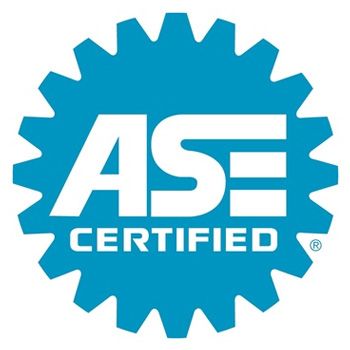

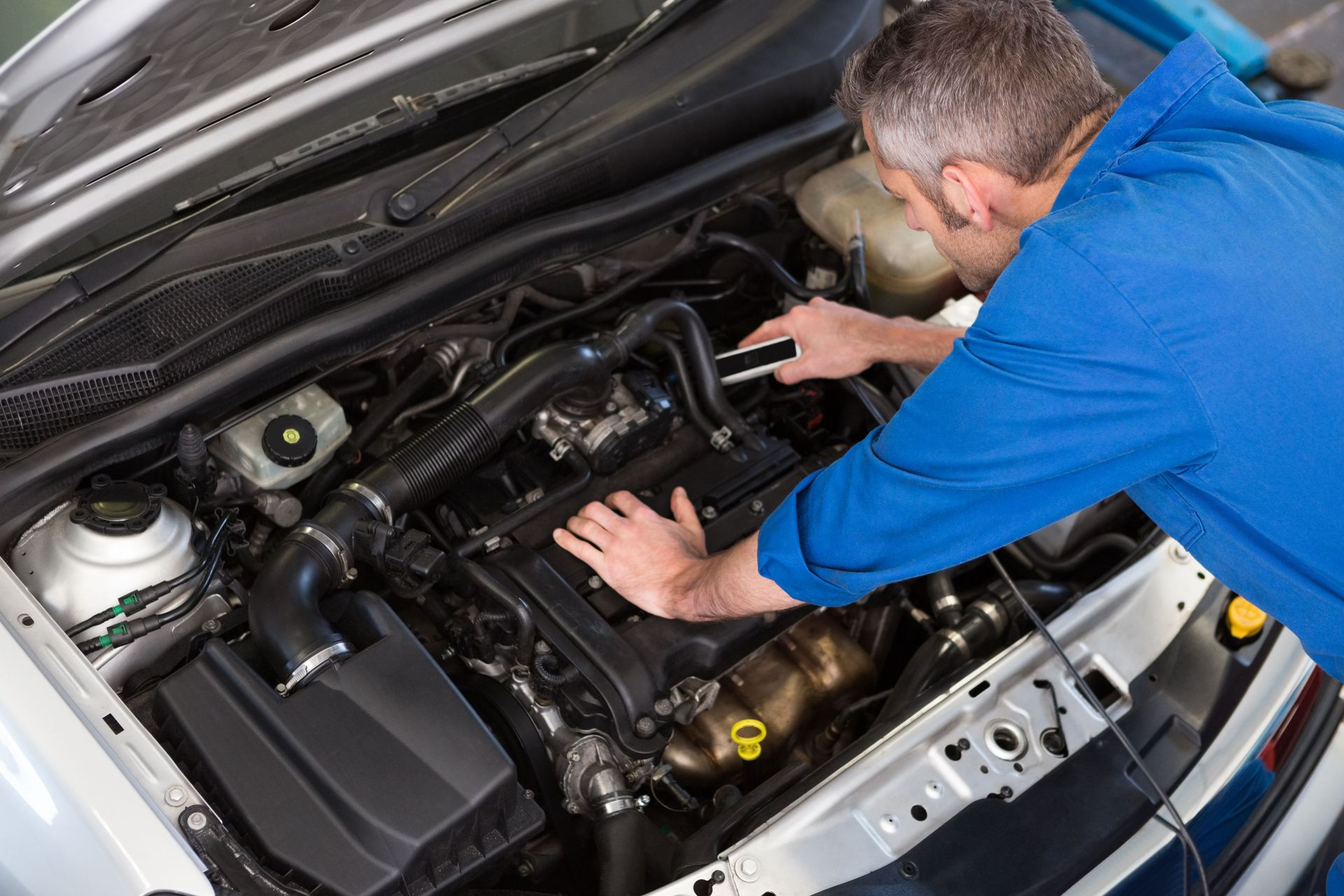
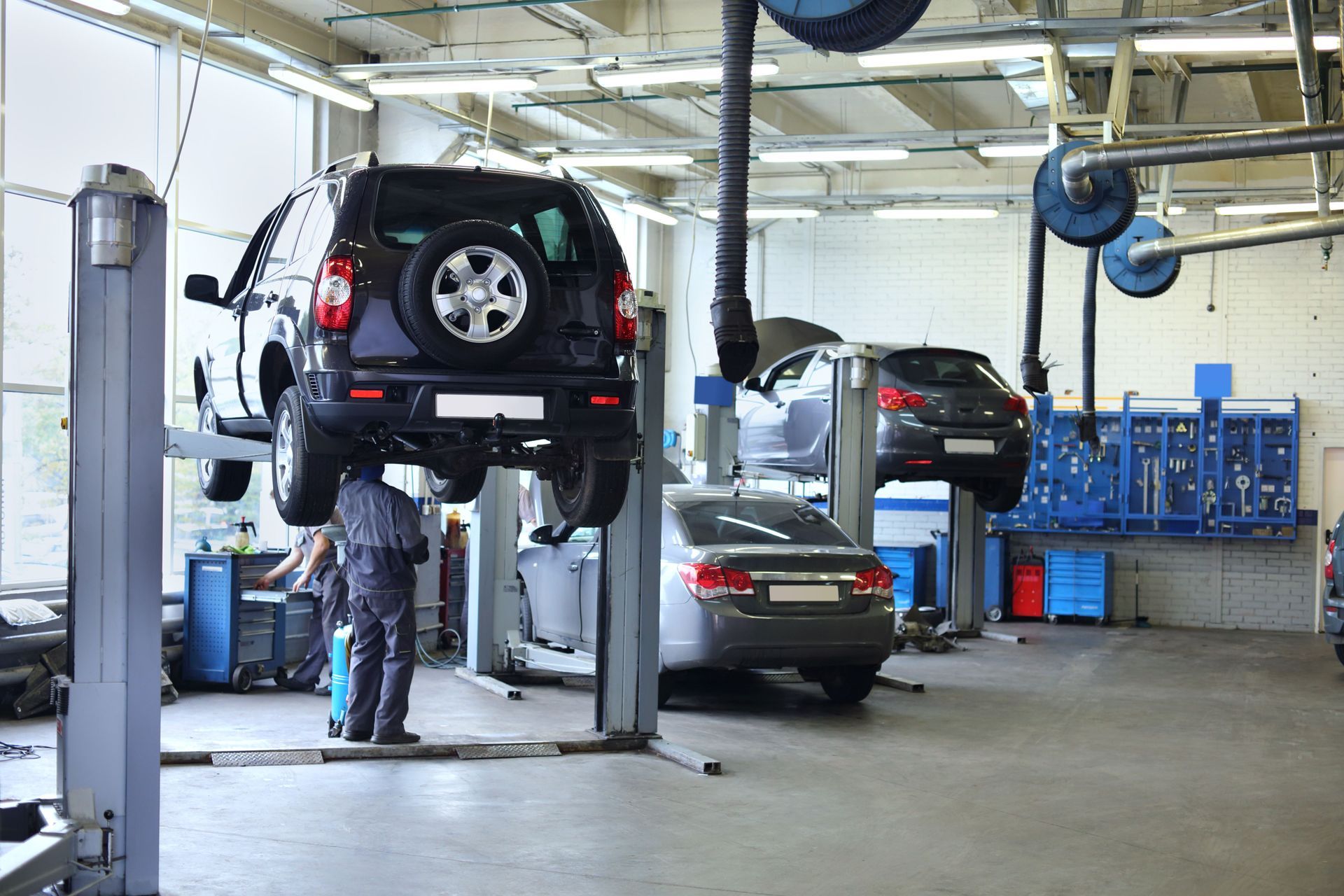
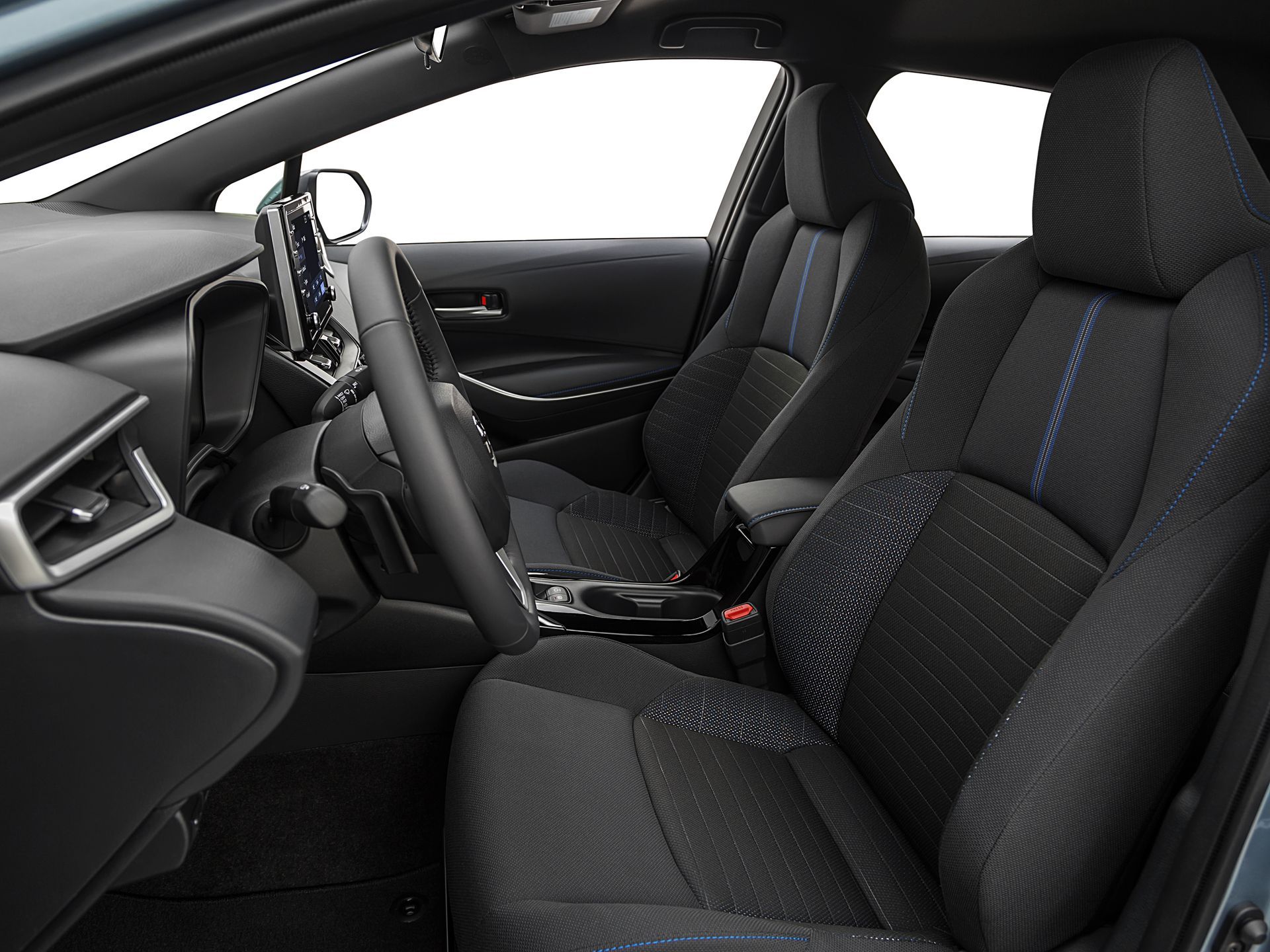
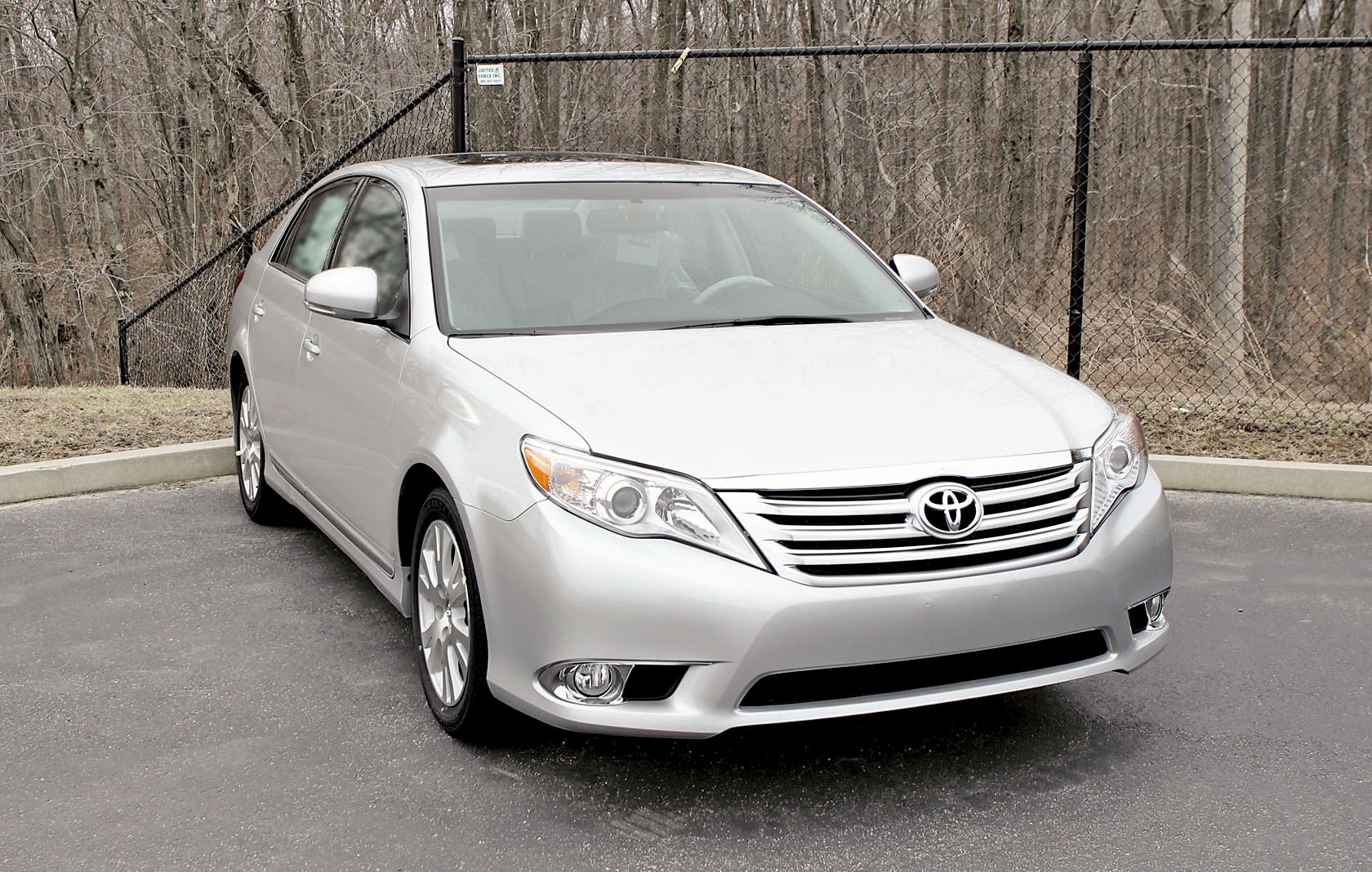
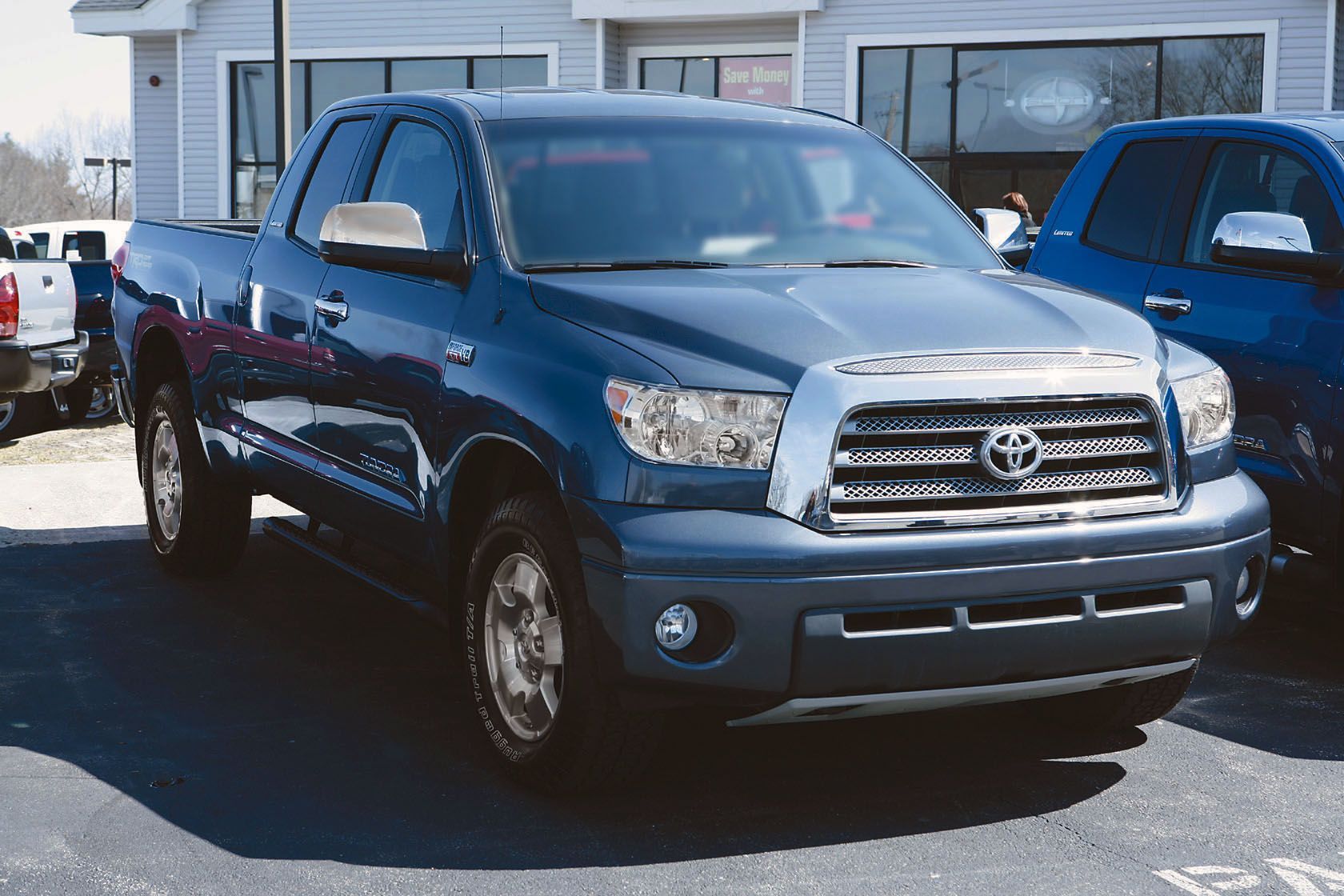
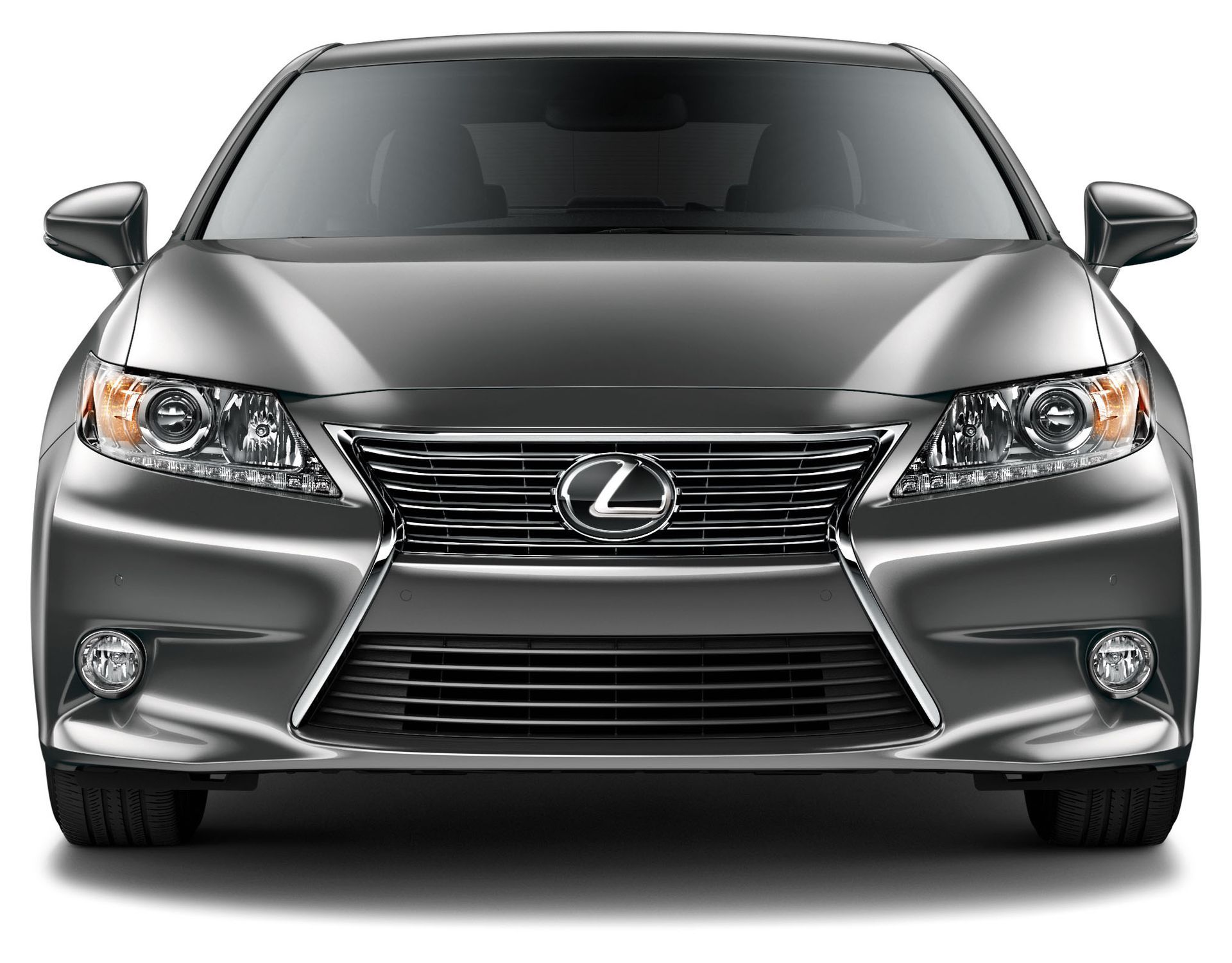
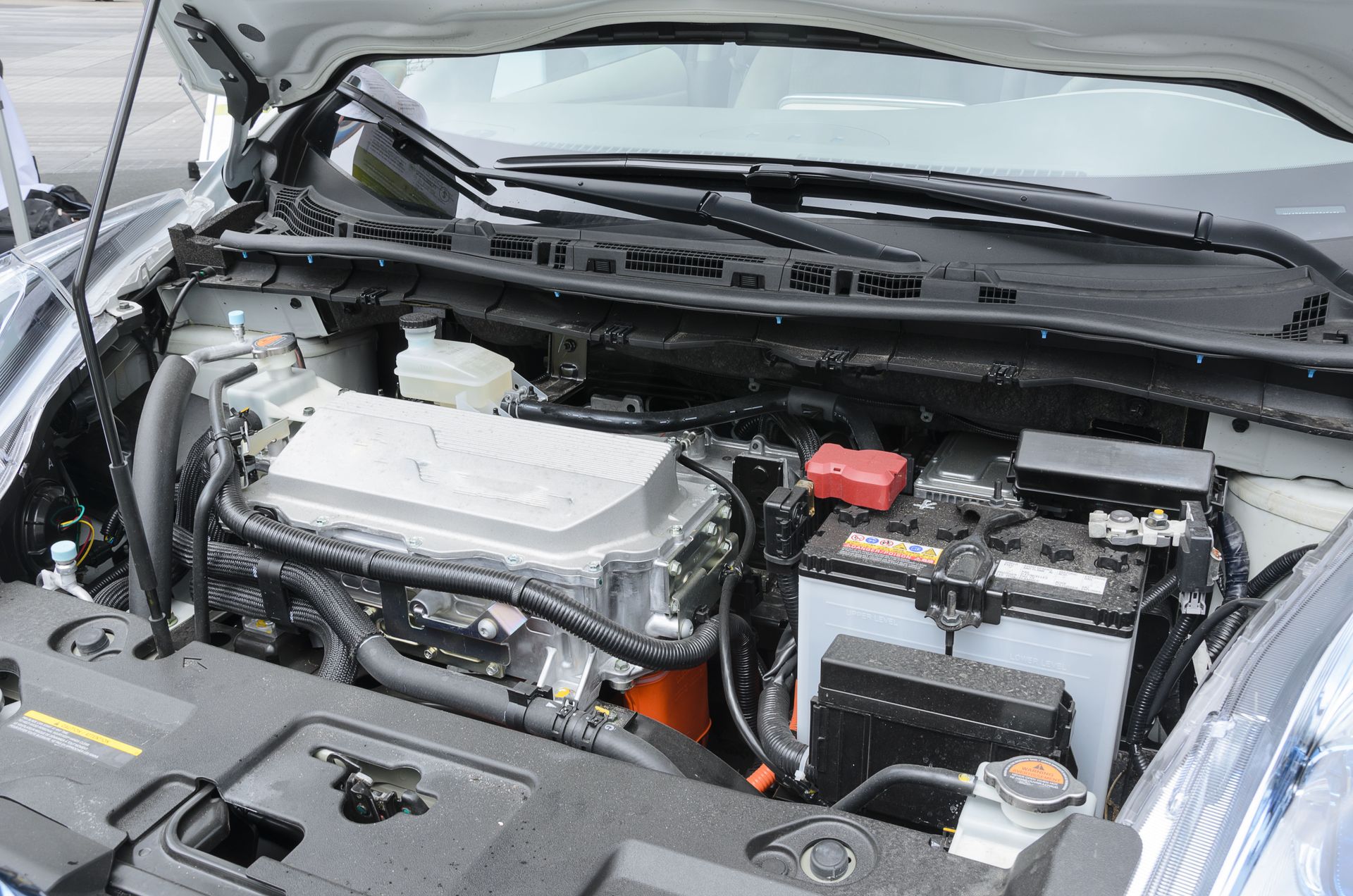
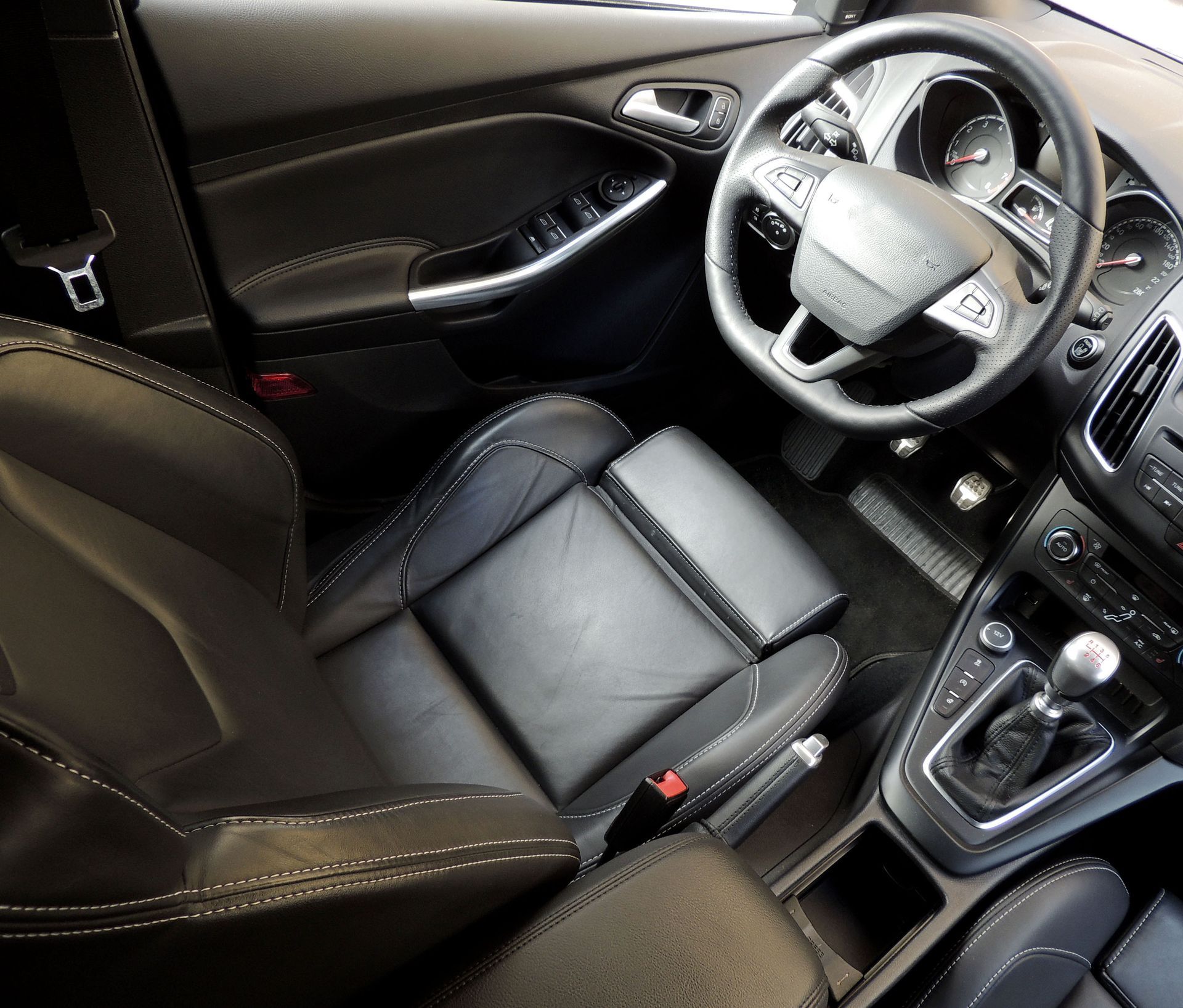
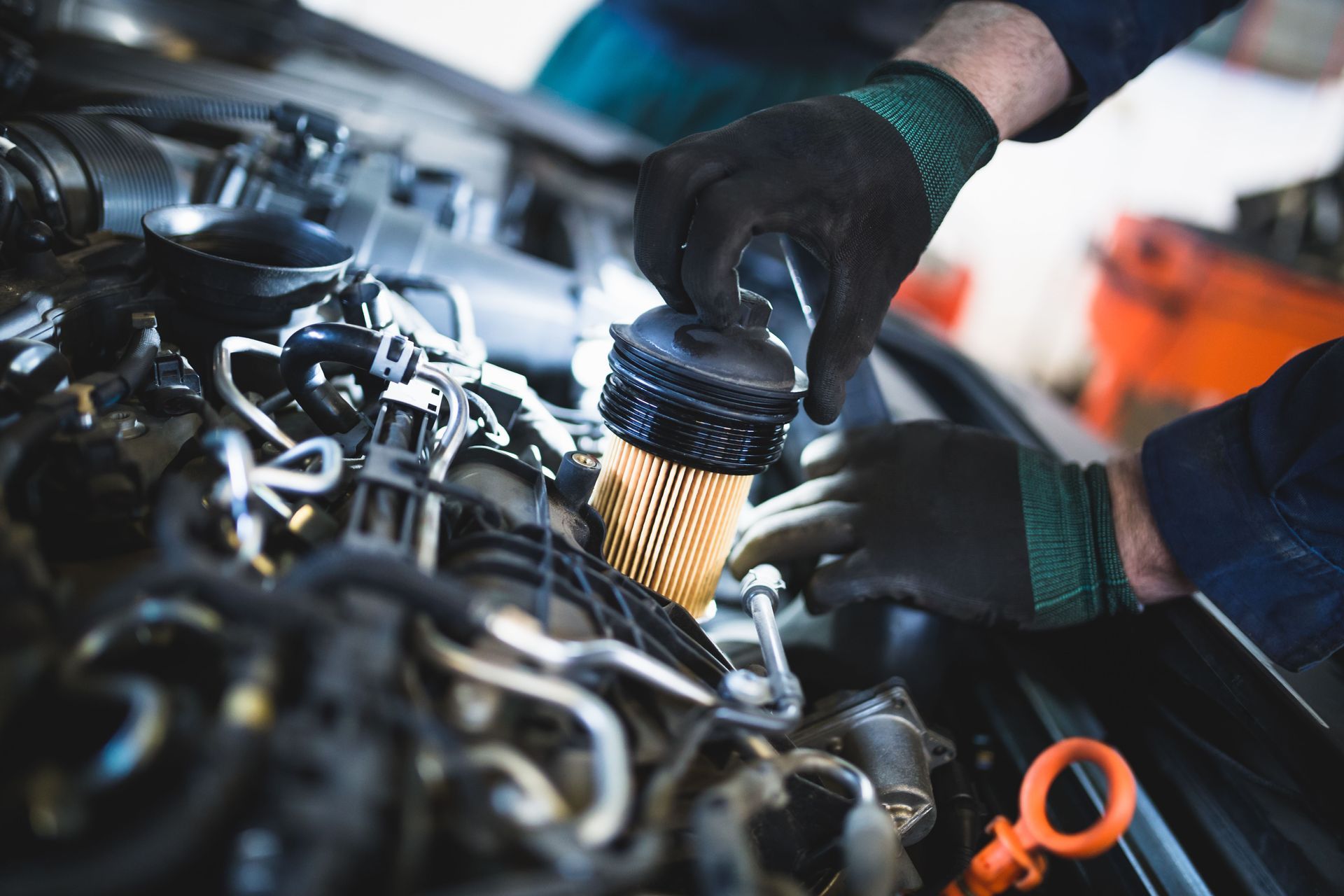
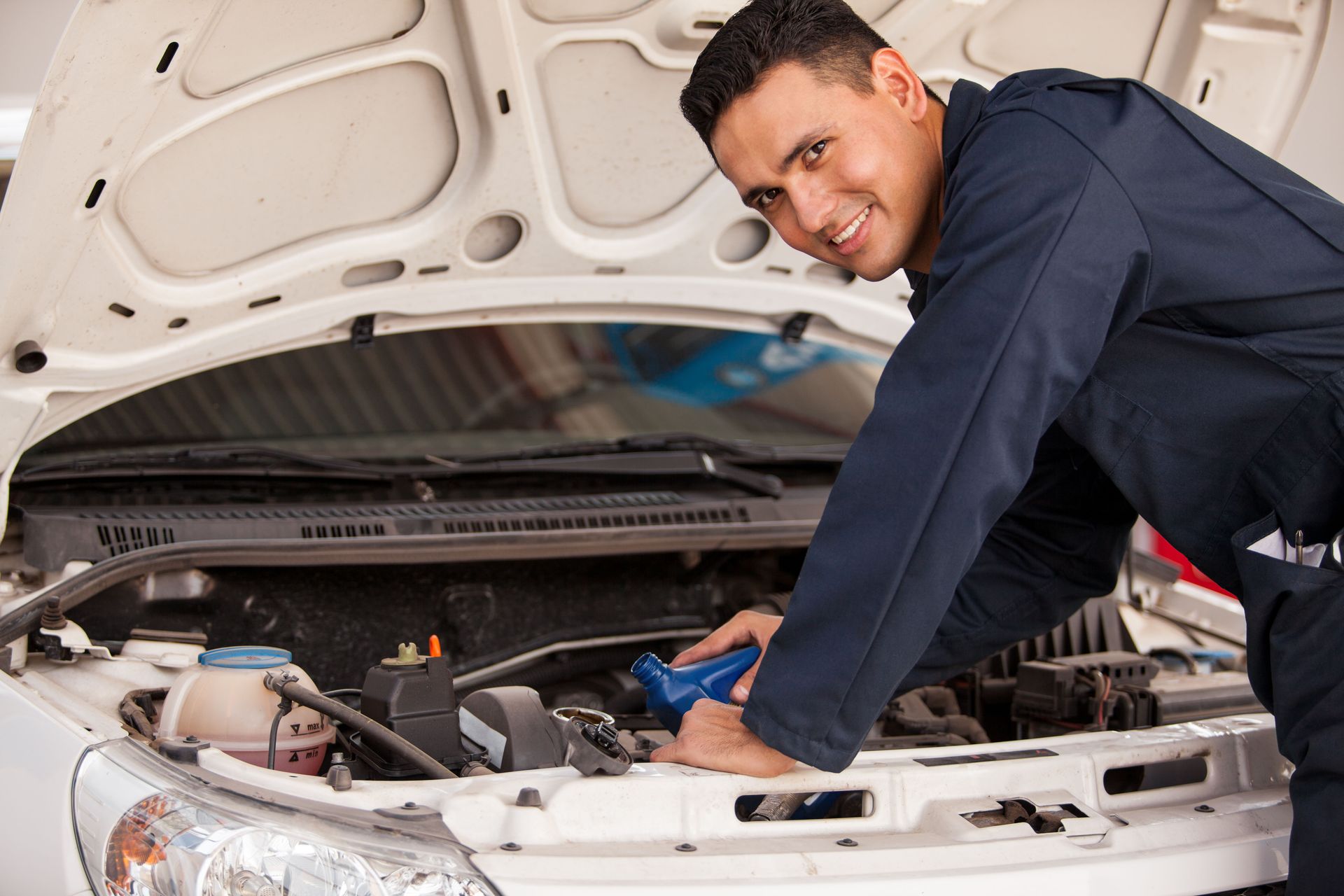
Share On: